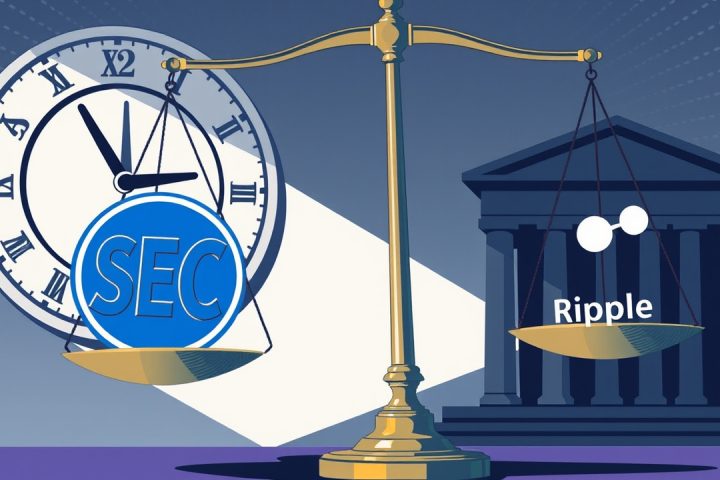Introduction of New Regulatory Framework
In an unprecedented move, the Australian Securities and Investments Commission (ASIC) has introduced a new regulatory framework that alleviates certain requirements for intermediaries involved in the distribution of stablecoins. This decision, announced on Thursday, permits these intermediaries to distribute stablecoins issued by Australian Financial Services (AFS)-licensed providers without the need for separate financial services licenses themselves.
Industry Reactions
Steve Vallas, CEO of Blockchain APAC, described ASIC’s decision as “pragmatic,” highlighting its potential to foster growth and innovation within the country’s digital assets and payment sectors.
Details of the Class Relief
This class relief, the first of its kind in Australia, aims to clear up the legal ambiguity surrounding stablecoins that has been a barrier for many in the industry. It is set to take effect following registration in federal legislation and marks a significant advance in addressing the regulatory framework impacting the stablecoin market.
While Vallas acknowledged that the relief does not alter the classification of some stablecoins as financial products, it temporarily suspends the necessity for secondary licensing for distributors whose issuers already hold an AFS license. Previously, ASIC’s December consultation on digital asset guidelines indicated that there was a need for licensing among certain stablecoin issuers, complicating compliance for intermediaries. Thursday’s announcement simplifies these processes by allowing licensed distributors to operate without additional licenses while maintaining the obligations of the issuers.
“The market is evolving, and ASIC’s decision is a proactive step to reduce regulatory friction during the Treasury’s development of a comprehensive stablecoin framework,” Vallas noted.
Consumer Protection and Market Dynamics
Alongside the easing of regulatory pressures, the relief includes a requirement for intermediaries to provide consumers with the product disclosure statements from licensed issuers, ensuring that transparency and accountability are preserved. However, Vallas stressed that liability remains with the issuers concerning their disclosure and prudential responsibilities.
On the topic of market dynamics and competition, Vallas emphasized that the real test lies in whether there is sufficient demand for an Australian dollar-backed stablecoin. He pointed out that any success in this area will depend on market-driven demand. Furthermore, the interest from international entities looking to comply with Australian regulations—either directly or through partnerships—will serve as a vital indicator of market needs.
Future Implications
ASIC has also signaled its openness to extending similar regulatory relief to other licensed stablecoin issuers as they enter the market, suggesting that this new regulatory framework could see significant expansion as Australia’s digital asset landscape matures. This update coincides with ASIC’s anticipated revisions to its digital asset guidance (INFO 225), set to be published in the near future, along with insights gathered from its recent consultation process. The commission is collaborating with the Treasury to advance the government’s digital asset reforms, which include a structured approach to payment stablecoins discussed earlier in 2023.




